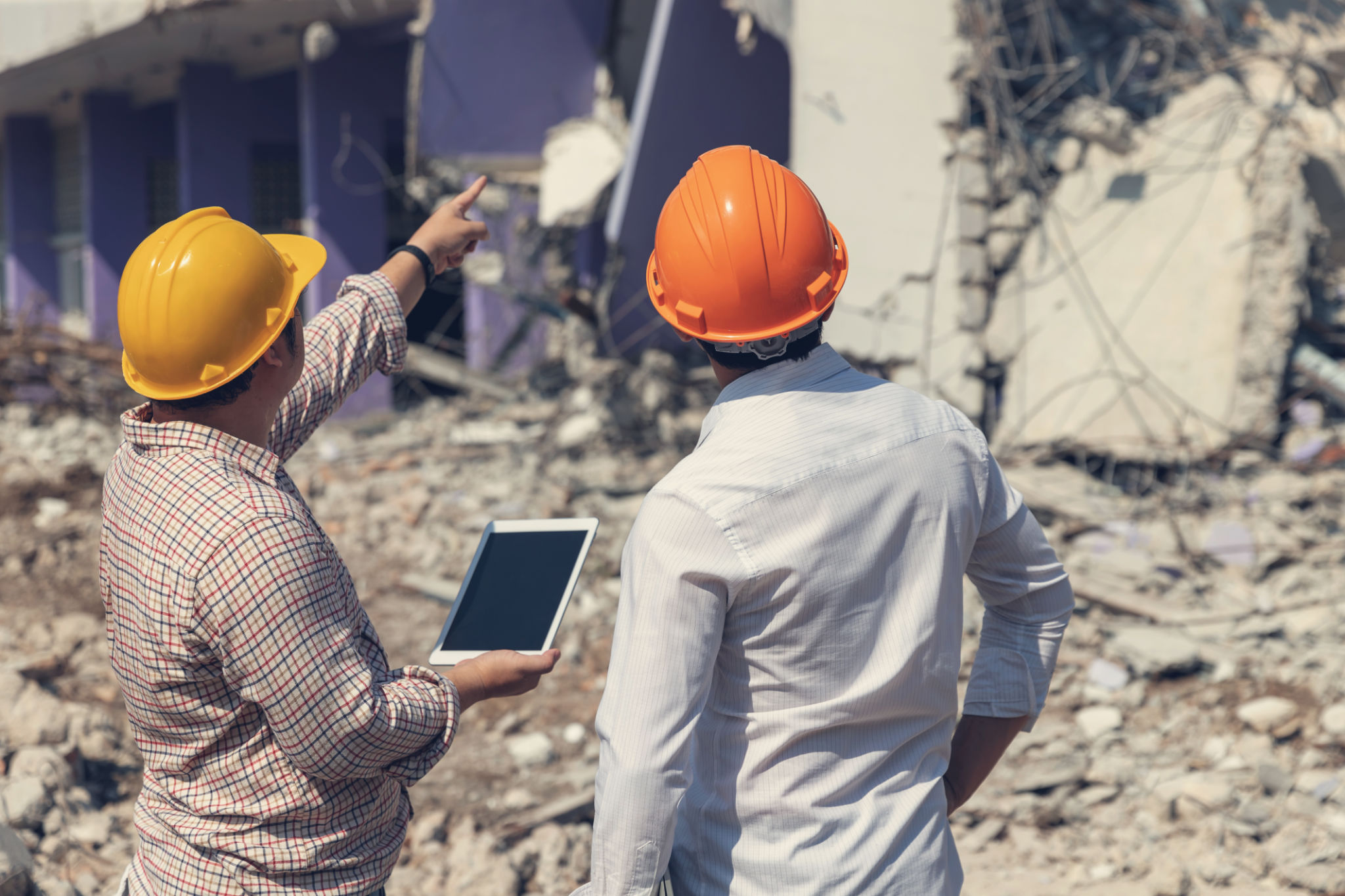Emergency Facility Maintenance: What to Do When Things Go Wrong
Understanding the Importance of Emergency Facility Maintenance
In the world of facility management, unexpected issues can arise at any moment. Whether it's a plumbing leak, electrical failure, or structural damage, knowing how to handle emergencies effectively is crucial. A well-prepared facility management team can reduce downtime, prevent further damage, and ensure the safety of everyone involved.

Developing a Comprehensive Emergency Plan
The first step in managing emergency facility maintenance is to have a comprehensive plan in place. This plan should cover potential scenarios, roles and responsibilities, and communication strategies. Regular training sessions and drills can help ensure that all staff members are familiar with the procedures and can act quickly when needed.
Here are some key components of an effective emergency plan:
- Risk Assessment: Identify potential risks and vulnerabilities within the facility.
- Response Protocols: Define clear steps for responding to various types of emergencies.
- Communication Plan: Establish lines of communication to keep everyone informed during an emergency.
Immediate Actions to Take During an Emergency
When an emergency occurs, quick and decisive action is essential. The following steps can help mitigate damage and ensure a rapid response:
- Assess the Situation: Quickly evaluate the severity and scope of the issue.
- Ensure Safety: Prioritize the safety of employees, tenants, and visitors by evacuating if necessary.
- Notify Relevant Parties: Contact emergency services if required, and inform key personnel within your organization.

The Role of Technology in Emergency Facility Maintenance
Advancements in technology have provided facility managers with powerful tools to handle emergencies more effectively. From smart sensors that detect leaks or unusual activity to building management systems that centralize control, technology can play a pivotal role in minimizing risks and speeding up response times.
Investing in the right technology can not only improve emergency response but also enhance overall facility operations. Consider implementing systems that offer real-time monitoring and remote access to critical infrastructure.
Building a Reliable Network of Service Providers
No facility manager can handle emergencies alone. It's essential to establish relationships with reliable service providers who can offer prompt assistance when needed. This network should include contractors for plumbing, electrical work, structural repairs, and other essential services.

Regularly review contracts and service agreements to ensure that your partners are prepared to respond quickly during an emergency. Having a clear understanding of response times and costs can prevent delays and surprises when urgent repairs are required.
Learning from Past Incidents
After an emergency has been resolved, it's important to conduct a thorough review of the incident. Analyze what went well, identify areas for improvement, and update your emergency plan accordingly. This process of continuous improvement will strengthen your facility's resilience against future emergencies.
Keep detailed records of each incident, including response actions taken and outcomes achieved. This documentation will be invaluable for training purposes and for refining your emergency management strategies over time.
Conclusion: Staying Prepared and Proactive
Emergency facility maintenance is an ongoing challenge that requires vigilance, preparation, and swift action. By developing a robust emergency plan, leveraging technology, and building strong relationships with service providers, facility managers can ensure their buildings remain safe and operational even in the face of unexpected crises.
Remember that the key to successful emergency management lies in being proactive rather than reactive. Regularly updating plans, conducting drills, and reviewing past incidents will keep your facility ready for whatever challenges may arise.
